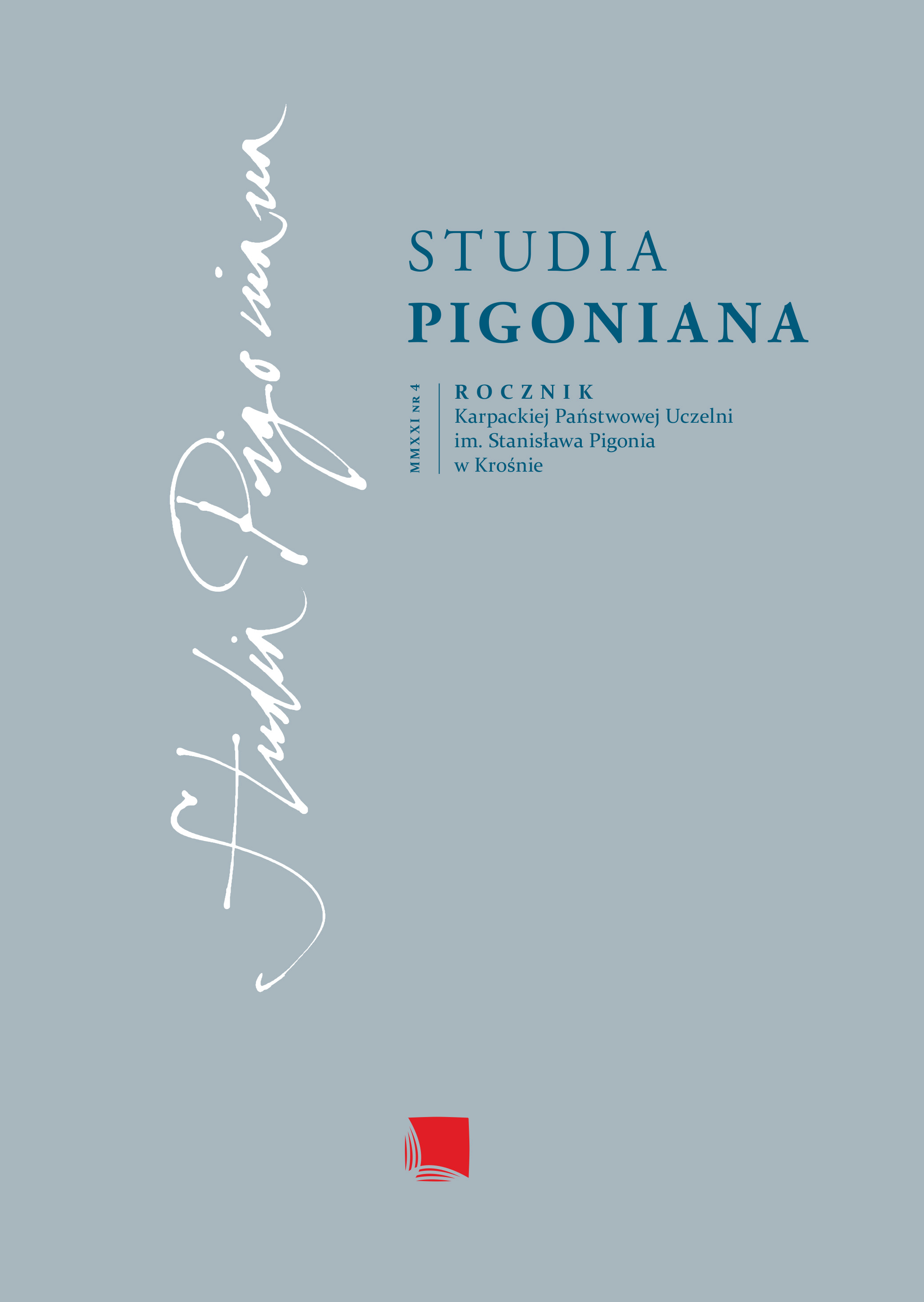O zabytkoznawczych rezultatach wycieczki Stanisława Wyspiańskiego i Józefa Mehoffera do Krużlowej Wyżnej w sierpniu roku 1889
On the Historicist Results of the Trip of Stanisław Wyspiański and Józef Mehoffer to Krużlowa Wyżna in August 1889
Author(s): Tadeusz ŁopatkiewiczSubject(s): Fine Arts / Performing Arts, History of Art
Published by: Wydawnictwo Naukowe PIGONIANUM
Keywords: Stanisław Wyspiański; Józef Mehoffer; Władysław Łuszczkiewicz; Stanisław Tomkowicz; Grybów; Krużlowa Wyżna; Madonna from Krużlowa; Western Galician
Summary/Abstract: The scientific and artistic trip of Stanisław Wyspiański and Józef Mehoffer was a continuation of over two weeks of studies of the historical monuments of the Sądecki, Gorlicki and Grybowski regions, which were organised and carried out in the summer of 1889 by Professor Władysław Łuszczkiewicz (1828-1900) together with six students from the School of Fine Arts in Kraków. Łuszczkiewicz’s excursion ended on 10 August 1889 in Bobowa, but the two most active participants decided to stay in the field and make their own inventories of the objects of historical value. In the course of this individual exploration of the villages of the foothills, Wyspiański and Mehoffer visited, among others, Krużlowa Wyżna, Mogilno, Korzenna Lipnica Wielka, Ptaszkowa and Królowa Górna, and made an inventory of objects of historial value in Grybów, which was their base for this study. The several-day-long study of the wooden church in Krużlowa Wyżna resulted – apart from the pioneering iconographic and heraldic identifications, drawings and inventory descriptions – in the discovery of two fundamental artefacts: a late-medieval sculpture of the Virgin Mary with Child, known today as Madonna of Krużlowa, and a painting decoration of the Krużlowa church interior. The information about these artefacts, soon brought to Kraków by Mehoffer, aroused keen interest not only in Jan Matejko, but also in the members of the of Western Galician Conservators’ Circle. It is owing to their efforts that over the following years it was possible to carry out conservation and reconstruction work on the walls and ceilings of the Krużlowa church, as well as to acquire the priceless Madonna sculpture for the collection of the National Museum in Kraków. This would certainly not have happened if it had not been for the early pioneering work of Wyspiański and Mehoffer in making an inventory of the then unrecognised objects of historical value of the Foothills.
Journal: Studia Pigoniana
- Issue Year: 4/2021
- Issue No: 4
- Page Range: 155-182
- Page Count: 28
- Language: Polish

